East Asian galleries flock to Art Basel’s online fair, OVR:2021
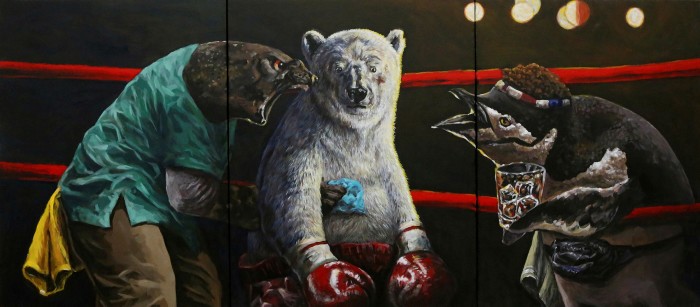
Roula Khalaf, Editor of the FT, selects her favourite stories in this weekly newsletter.
“For galleries, one of their greatest responsibilities is making sure that their artists’ works get out there, especially at a time when the usual art programming has been thrown out of the water,” says Adeline Ooi, Asia director for the fair giant Art Basel. The Swiss company has aimed to help them do that during the past topsy-turvy two years by hosting limited-run online viewing rooms (OVRs).
Its latest is OVR:2021, which is devoted to works made last year, and is open to the public from Thursday until Saturday, with an invite-only preview on Wednesday (a dash of exclusivity prevailing even in the digital sphere). Fifty-nine galleries have signed on, with a strong showing of 10 from East Asia, a region where some face extra complications when doing business.
For Queena Chu, partner and director of the Mind Set Art Center in Taipei, Taiwan, participating in a Shanghai fair last year meant two-week quarantines in mainland China then in Taiwan — a sizeable expenditure in time and money. For OVR:2021, Mind Set’s booth will sport brilliantly coloured paintings by three Asian artists, Marina Cruz, Rao Fu and Lee Yang. At a previous Art Basel OVR, Mind Set sold a Fu to a Luxembourger who was new to the gallery’s program. “I was quite surprised, because to be honest, for us, I more think of OVRs as marketing tools,” Chu says of that quick transaction.
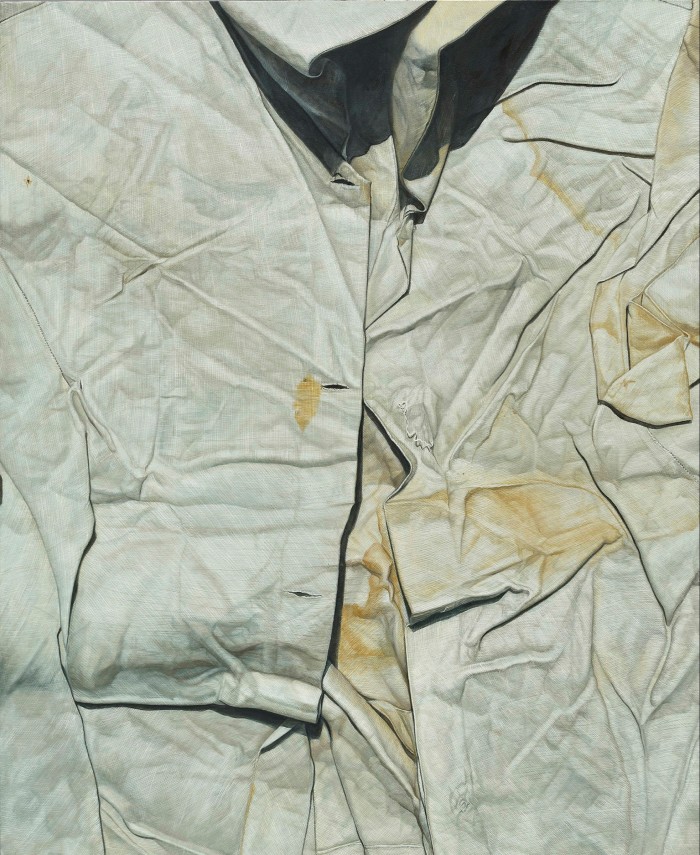
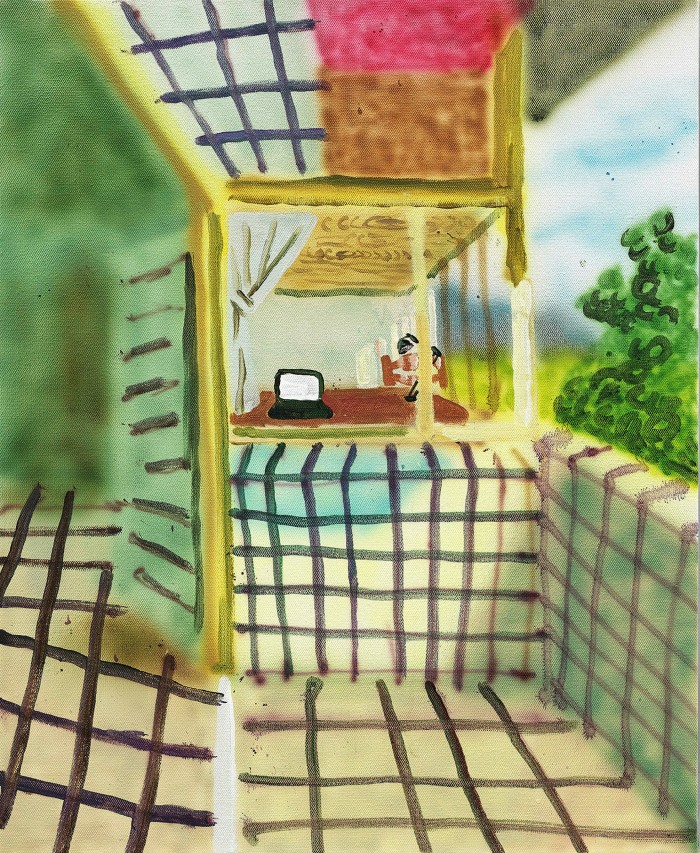
With participation in an Art Basel OVR going for SFr5,000 ($5,400), there is less pressure to close huge deals than at a physical bazaar, where a gallery’s bill can easily run into six figures, with hotel rooms, plane tickets, shipping (an escalating expense these days) and perhaps a luxe client dinner.
OVR sales “are not exactly comparable to those from in-person fairs”, says Bo Young Song, vice-president of South Korean powerhouse Kukje Gallery, but they “remain an important channel for galleries to maintain international relevance when our society is inevitably backstepping towards localisation”. This week it will show in its digital room selections from its roster, such as the Korean artist Haegue Yang and the Indigenous Australian Daniel Boyd.
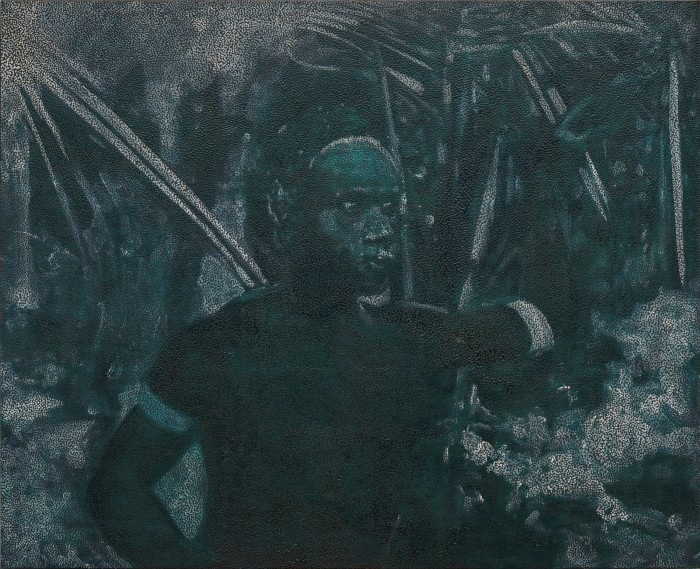
Kukje says it decided against showing at this month’s Frieze Los Angeles because of Omicron and will be in Art Basel’s Hong Kong fair in May only via a satellite booth, manned by a local rep instead of a gallery employee. Its staffers have gone abroad for other key fairs during the pandemic, while some of their peers, such as Imura Art Gallery in Kyoto, have stayed local. Imura will stage a solo affair of intricate gridded abstractions by the Japanese artist Aya Kawato in its virtual booth.
Dealers cite OVR benefits beyond safety and cost. The jockeying that can occur for prized real estate in crowded convention centres does not exist in the online realm, for one. “I think the biggest advantage of an OVR is that all galleries are placed and reviewed under the same conditions,” says James Jeon, director of Seoul’s Gallery Baton, which is borrowing a line from Dylan Thomas (“Rage, rage against the dying of the light”) for the title of a punchy group presentation.
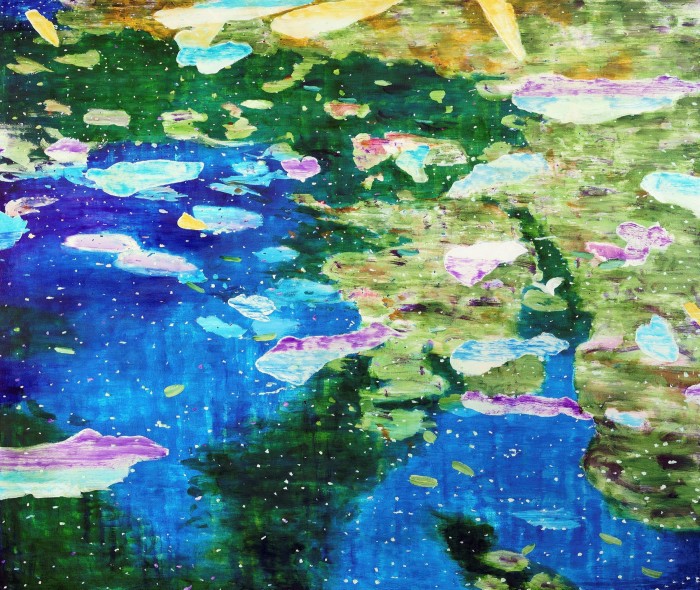
The potential audience — anyone with a computer and curiosity — is also a draw. In recent viewing rooms, “there were a lot of younger-generation people who had never been to Art Basel Hong Kong or other fairs,” says Yoonsung Stephanie Cho, art fair manager of Seoul’s Hakgojae Gallery, which will show spectral abstract paintings by the Korean artist Kim Gil-hu. Those uncomfortable about talking art live can move at their own pace online while examining prices in the otherwise opaque market. (Art Basel requires that galleries post a price range.)
Kukje has done many OVRs while building up its digital presence, an effort that has made buyers more comfortable acquiring works without seeing them in the flesh. Song says, “While nine out of 10 clients asked to see a work in person before purchasing it pre-pandemic, I’d say that about four of 10 clients ask to see the work today.”
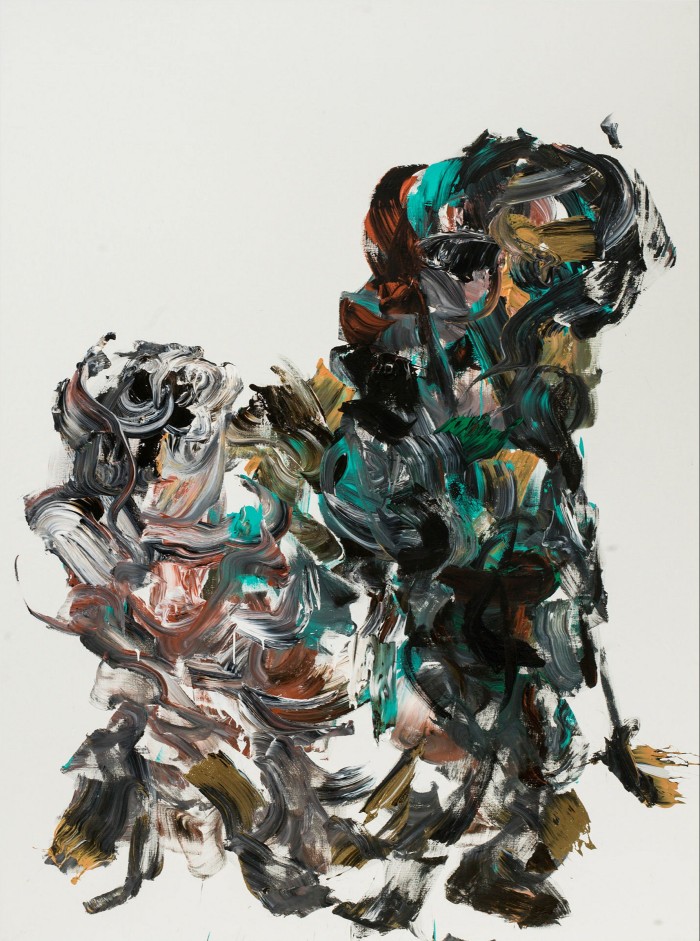
There is a definite desire among dealers to return to regularly scheduled market showcases and a world without cumbersome travel rules, but there is also a sense that OVRs events are here to stay in some form. “They are approaching the utility of physical fairs,” says Jeon of Baton. “I think this type of online fair will continue even if the end of the pandemic is near.”
As technology advances, OVRs may even become a more potent rival to live events. “We are excited for the metaverse,” says Mind Set’s Chu, who suggests that, if it becomes possible at some point to create a fully immersive digital environment which incorporates physical sensations, “I think it could completely replace the physical fair.” (As it is, she will brave the Hong Kong quarantine for Art Basel in May.)
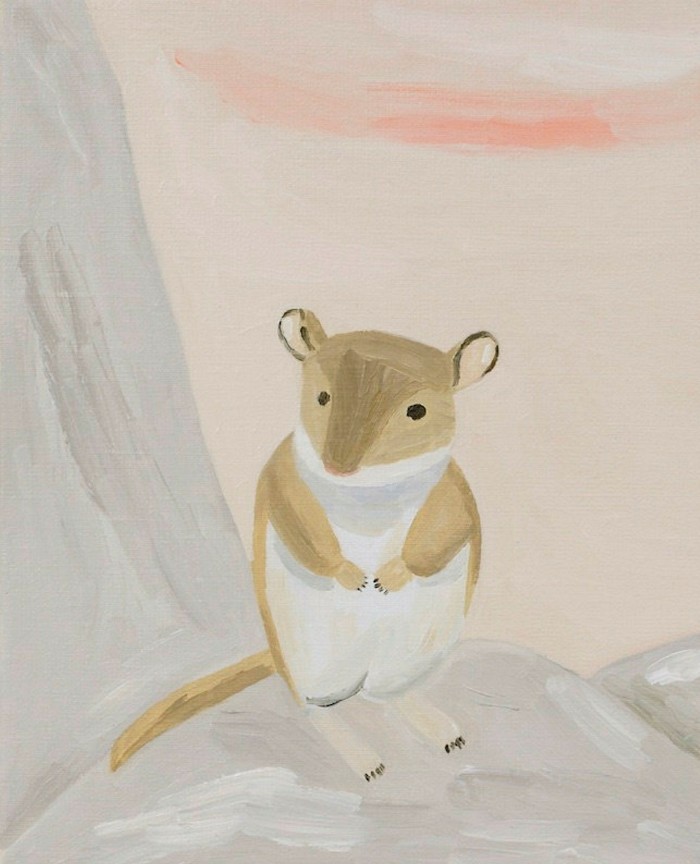
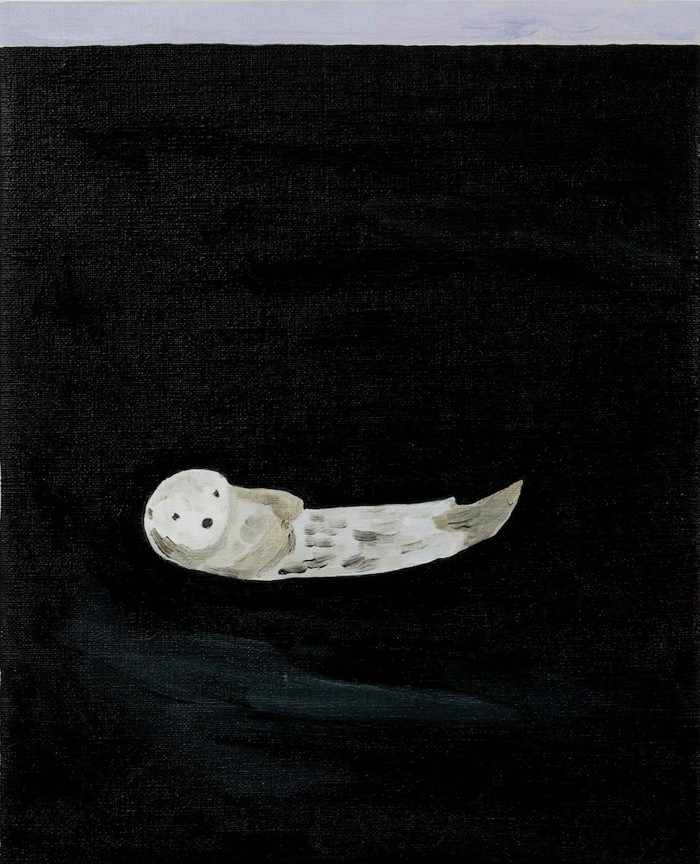
“I think we’re still so much in the nascent stages,” says Basel director Ooi. “We’re still learning. And I’m pretty sure, a few years down the line, we might look back and go, gosh, you know, what we were doing then was so primitive!”
Regardless, the OVR is now one more item in the art dealer’s arsenal. Junko Shimada, the founder of Tokyo’s Gallery Side 2, is using one this week to offer charming, humble paintings of flowers and animals by the Japanese artist Yuko Murata. “It is a challenging time for everyone,” Shimada says, “so we try different things.”
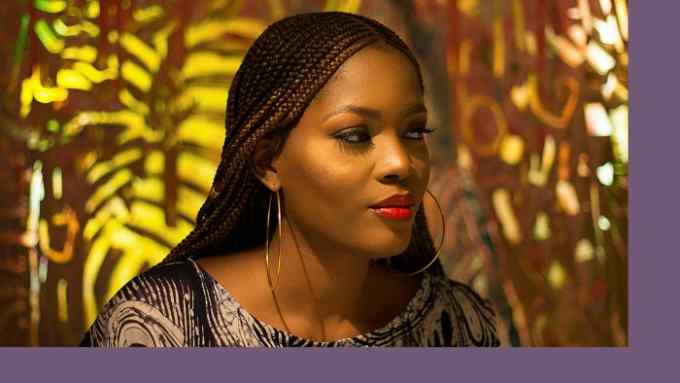
Comments